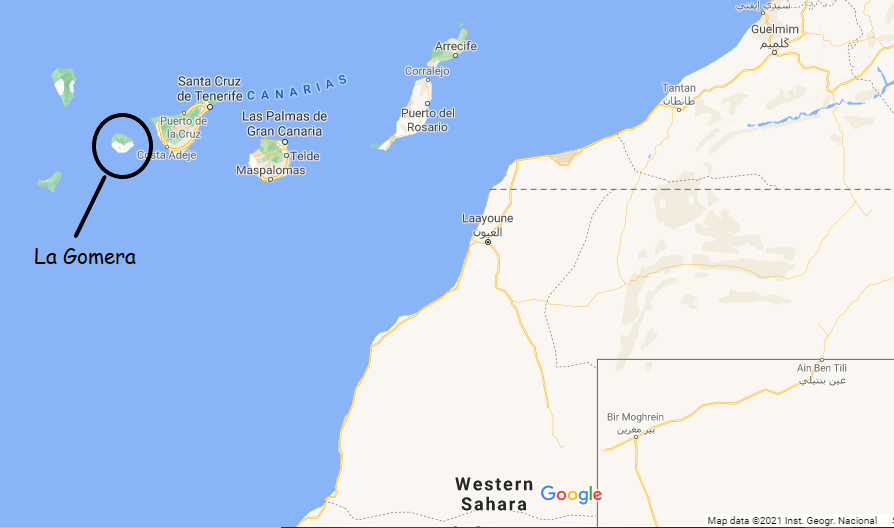An Aljibe is a water collection and storage cistern. They come in many different shapes and sizes. Some collect rainwater run off from roofs and gardens for use in the home. Others collect natural spring water or ground water for use in an agricultural setting for crops and livestock.
Los Aljibes son cisternas de recogida y almacenamiento de agua. Hay muchos diferentes formas y tamaños. Algunos recogen el agua de lluvia de los techos y jardines para usarla en el hogar. Otros recolectan agua de manantial natural o agua subterránea para su uso en un entorno agrícola para cultivos y ganado.
Aljibes (Wasserreservoirs ) sind Wassersammel- und Vorrat Zisternen. Es gibt viele verschiedenen Formen und Größen. Einige sammeln Regenwasser von Dächern und Gärten für den Gebrauch im Haus. Andere sammeln natürliches Quellwasser oder Grundwasser für die landwirtschaftliche Nutzung für Pflanzen und Vieh.
Click to leave a Google Review















































